S Sightseeing
The most interesting and beautiful places in the region
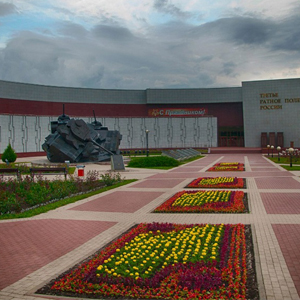
Museum-reserve "Prokhorovka field"
In 1943, a large-scale tank battle took place here, which played an important role in the victory of our army on the Kursk Bulge. A military museum has been opened at this place, a monumental composition on the theme of the battle has been placed, a temple has been built, on the walls of which the names of the dead soldiers are carved. The symbol of the reserve is a white-stone belfry with a huge bell, whose triple strikes every hour remind of the exploits on three military fields: Kulikovo, Borodino, Prokhorovka.
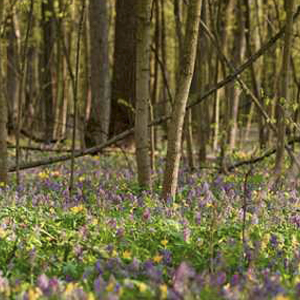
Reserve Belogorye
One of the oldest nature reserves in Russia, its lands have a history of conservation since 1640. It is famous for its old-growth oak forest, some trees are over 300 years old. Many representatives of protected flora are listed in the Red Book. The fauna of the reserve is diverse and unique. One of its attractions is a manor on the territory of an ancient convent, the buildings of which are perfectly preserved, including a monument made of labradorite, a volcanic mineral.
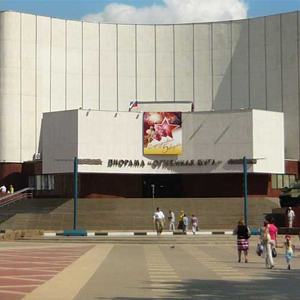
Museum-diorama “Battle of Kursk. Belgorod direction»
The main military museum was opened in 1987 and immediately became the most visited place in Belgorod. Its main exhibit is a huge art canvas showing a turning point during the Battle of Kursk in 1943 - a tank battle near Prokhorovka. The area of the canvas is more than 1000 m2, it was painted for two years, this is the largest diorama in Europe. Other halls of the museum contain personal belongings, awards, weapons, documents of the participants in the legendary battle.
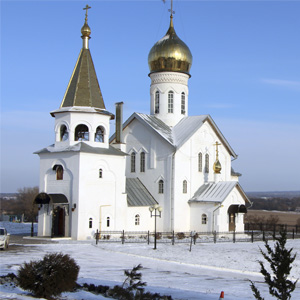
Holkovskiy Monastery
The first mention of an underground monastery dates back to the beginning of the 17th century. The monks lived in caves carved into the chalk hill near the village of Kholki. The origin of the caves is still unknown - they were dug by the monks themselves or they appeared there earlier. The monastery existed for a hundred and fifty years, and then was filled up. In the second half of the last century, it was decided to restore the Holkovskiy cave. Now the monks live there again, church services are held in the underground temple.
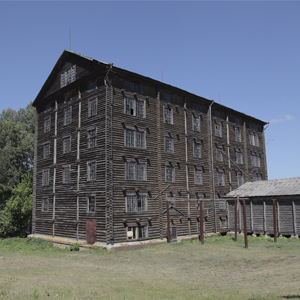
Barkov Mill
The six-story wooden building of the mill on the banks of the Oskol River in the village of Novoivanovka is the largest wooden building in the entire Belgorod region. According to legend, the mill was won by the merchant Barkov in a card game, transported from its old location and reassembled on the river bank in 1914. Despite its age, after a major overhaul, the mill worked until 2004. Now production is stopped, you can get there as part of excursion groups.
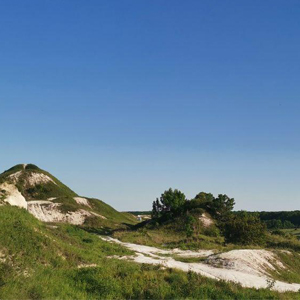
Krapivenskoye ancient settlement
The complex of archaeological monuments on the banks of the Koren River near the village of Krapivnoye contains the remains of several ancient cultures. In the 5th century BC, the Scythians lived here, then they were replaced by the northerners - one of the tribes that participated in the formation of Kievan Rus. Among the thousands of items removed from the ground on the territory of the settlement are weapons, intricate jewelry, sewing needles, fragments of ancient scrolls. All these exhibits are presented in the local museum of local lore.
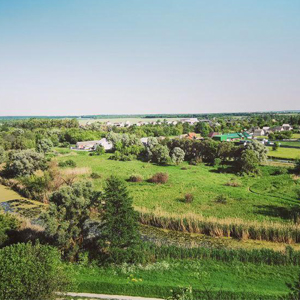
Dmitrievsky ancient settlement
One of the most famous archaeological monuments of the Belgorod Territory is located in the Shebecinsky district between the villages of Dmitrievka and Dobroe. The complex of structures includes the remains of the fortress, several selers and the burial ground. Presumably, the first settlers here were Scythians in the III-IV centuries BC, then Alans and Bulgarians - in the VIII-X centuries. During the excavations, single and collective burials, household items, dishes, weapons, decorations were found.
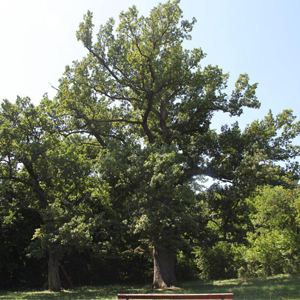
Pan oak
A unique natural attraction is located on the site between the villages of Yablochkovo and Dmitrievka in the Shebekinsky district. The age of the gigantic oak is 550 years. Locals say it saw Peter the Great himself during his return from the Battle of Poltava. The height of the giant tree is 35 meters, the girth of the trunk is more than 5 meters. Near the oak in the 19th century, one of the local landowners planted a magnificent orchard, later recognized as the best in Russia.

Belgorod Museum of Folk Culture
The opening of the museum took place at the end of the last century, and it immediately became one of the most visited places in the city. Museum expositions give an idea of the origins and development of the culture of the region, folk traditions, rituals, crafts. One of the main themes is history, features of life and customs of the Russian peasantry, as the main custodian of folk culture. The museum funds consist of 20,000 exhibits, including furniture, dishes, household items, national costumes and much more.

Cathedral Square in Belgorod
The main square of the city received its name in 2004. Here are the buildings of the regional administration, the hotel "Belgorod", Drama Theater. Shchepkin, as well as a monument to the great actor. At the entrance to the square there is a memorial with the Eternal Flame. The area is paved with granite, in the center there is a metal hatch with the image of the Belgorod region. It is inscribed in the middle of a 12-pointed star. Also, after the reconstruction of 2018, green areas with trees appeared along the edges of the square.
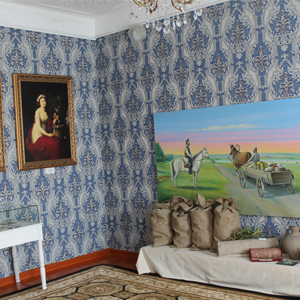
Palace complex of the Yusupovs in Rakitny
Sloboda Rakitnaya belonged to the princes Yusupov for two centuries, and the construction of a two-story palace began in 1840 and lasted 6 years. It was designed by well-known architects of that time, one of them is Giacomo Florenti, whose masterpieces adorn the streets of St. Petersburg. Also from the time of the Yusupovs, three outbuildings, houses of a doctor and a priest, a zemstvo school and a hospital, houses for servants, a church and a park with a delightful cascade of ponds have been preserved.
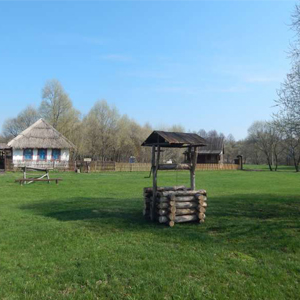
Klyuchi park
On the site of the former manor estate near the village of Kostroma, there is a picturesque Klyuchi park. Its main attraction is the springs gushing out of the ground. There is a font, a changing area, and a small chapel. There is a zoo in the park, a beach for relaxation. A large area is occupied by the Kostroma ethnographic complex, which consists of original wooden houses. Each of the 7 farmsteads tells about its craft - handiwork, blacksmithing, etc.
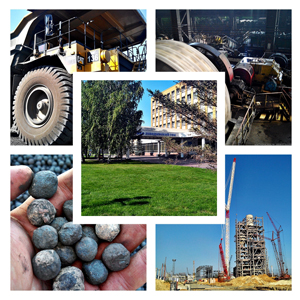
Lebedinsky Quarry
The largest iron ore basin on the planet. Located near the city of Gubkin. Due to its impressive size, 6 km long, 3.5 km wide and 600 meters deep, the quarry has already been entered into the Guinness Book of Records twice. There are 4 railway stations in the quarry and 36 special trains that transport the rock mass. And where the railway track is not laid, the ore is taken out by large dump trucks. On average, 38 million tons of ore are mined here annually.
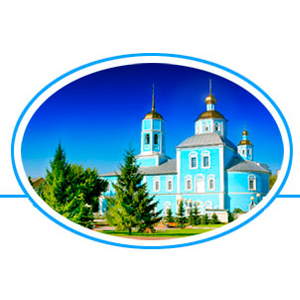
Smolensky Cathedral in Belgorod
One of the oldest temples in Belgorod celebrated its 300th anniversary. Although its current appearance bears little resemblance to the original architectural version. The cathedral building was badly damaged in the 20th century. After the revolution, it was completely looted and given over to warehouses, during the Great Patriotic War it came under fire more than once, after the war they wanted to blow it up several times. But the temple survived, was restored, and in the 90s of the last century, ceremonies resumed in it.

Transfiguration Cathedral in Belgorod
One of the most majestic temples of the Belgorod region was built in 1813 on the site of a dilapidated wooden church of the 17th century. During the Soviet era, the cathedral was inactive; since 1962, its building housed the regional museum of local lore. And only in the 90s the temple was repaired and returned to the church, services for parishioners resumed in it. A Sunday school, a library, a musical theater were opened at the church, and an Orthodox newspaper was published.

Church of the Holy Martyrs Vera, Nadezhda, Lyubov and Their Mother Sophia
The construction of a magnificent building with 17 domes began in 2004, but after 5 years there was a terrible fire that destroyed most of the almost finished building. Most importantly, the crosses survived, and with the support of the parishioners, material and physical, the temple began its revival. In 2010, a three-tiered iconostasis was installed, a mountainous place was equipped with stained-glass icons, an icon of the holy martyrs was installed, and a spiritual and educational center began its work.
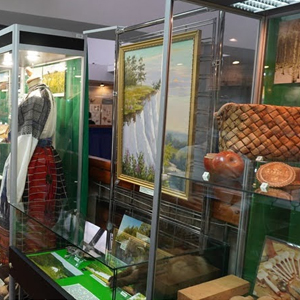
Belgorod Museum of Local History
One of the oldest museums in the region was founded in 1924. Unfortunately, during the war years, all museum treasures were destroyed, and in the post-war period, all the exhibits had to be reassembled. Now the funds include about 160,000 museum items, allowing you to trace the history of the region. Among them are rare documents and photographs, books, household items, valuable archaeological and ethnographic exhibits, fossil relics of animals and plants.
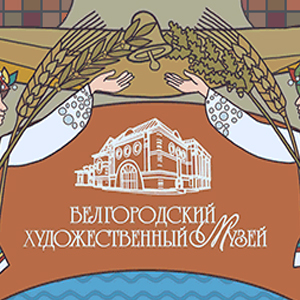
Belgorod Art Museum
Since 2007, the museum's expositions have been housed in a new three-story building built in the Russian Art Nouveau style, with an extraordinary exterior and rich interior. The collection of the museum began with two hundred paintings by the local artist Dobronravov, received as a gift from his widow. Now the funds contain numerous works of artists, sculptors, masters of applied art. Particular attention is paid to the Russian fine arts of the last century and our present.
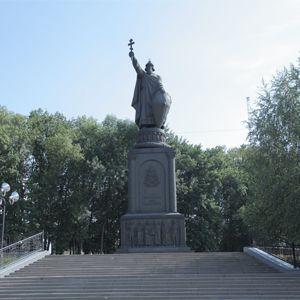
Monument to Vladimir the Great in Belgorod
The majestic monument in the area of the city of Kharkovskaya Gora, dedicated to Vladimir the Great, is the hallmark of Belgorod and the largest monument in the regional center. It is made of 1.5 tons of copper and has a height of more than 22 meters. According to legend, it was Vladimir who founded the settlement, on the site of which the city was later built, although no evidence of this has yet been found. Near the monument is an observation deck, which offers a magnificent view of the entire city.

Korocha gardens
The lands in the Korochansky district have long been famous for apple orchards, but by the end of the last century, the trees were abandoned. Local enthusiastic businessman Viktor Gorodov decided to revive the Korochansky Gardens. On their territory, he organized an agricultural enterprise, the structure of which includes 900 hectares of fruit plantations. Apple trees form the basis, but cherries, sweet cherries, cherry plums, strawberries and raspberries are also grown here. Not a gram of chemistry is introduced into the ground, only organic fertilizers.
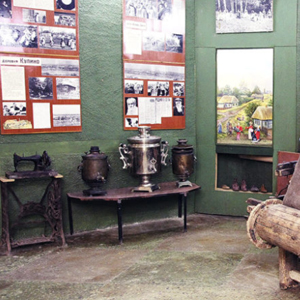
Center of traditional culture and museum of the village of Kupino
The cultural center, organized in Kupino by its native Nikolai Kuzulev, includes a museum, craft workshops and a traditional peasant farmstead of the century before last. The museum consists of 12 halls, introducing the history and nature of the region, archaeological finds, events of the Great Patriotic War, ancient tools, folk children's toys. The famous crafts are presented in the workshops - embroidery, knitting, weaving and spinning, pottery, etc.

Firmament of Belogorye
This is the name of the famous international air festival, which has been held every summer in the Belgorod region since 2013. This is a magnificent and grandiose spectacle in its scale. A parade of balloons in the sky, virtuoso aerobatics of airplanes, gliders, hang-gliders, parachutist jumps, concerts, festive fireworks - and this is not the whole program of the festival. Events are held in the village of Dubove, on Prokhorovka field and in Belgorod.













